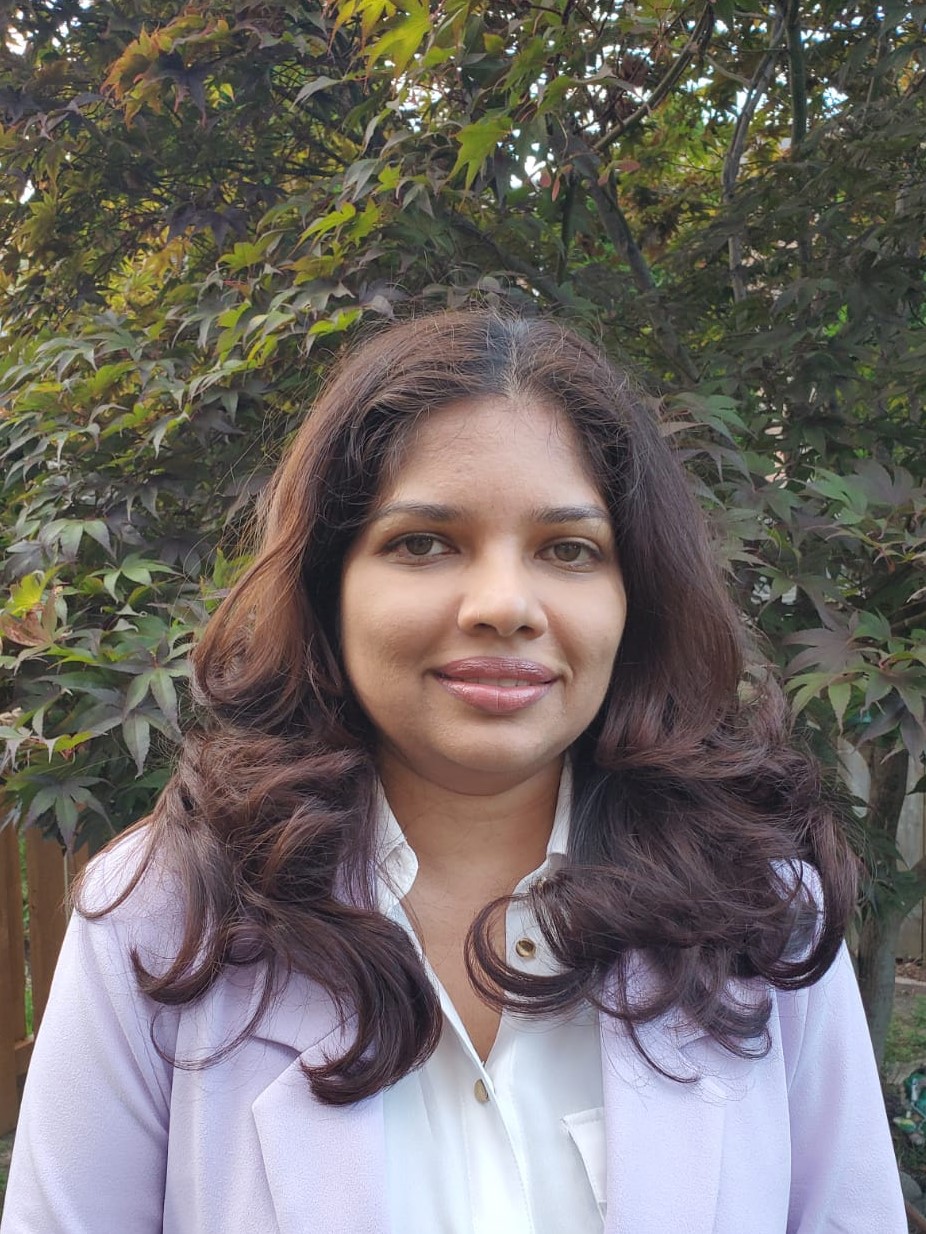The time has come to explore the role of the polymath in modern-day science. The COVID-19 pandemic provides an opportune moment for this endeavour. The global impact of COVID-19 has highlighted the importance of viewing the pandemic from several angles, an ability that is well-matched to polymaths.
According to the Oxford Learner’s Dictionary, a polymath is “a person who knows a lot about many different subjects (1).” The importance of this cannot be overstated in the context of a pandemic which shows the need to draw knowledge from several disciplines at once.
A 2020 correspondence by Michael Araki in The Lancet states, “Today, we face numerous problems, from global health challenges to environmental crises, whose range and scope go far beyond any single discipline (2).”
Management of the COVID-19 pandemic requires the support of many experts spanning various fields (3). A “multidisciplinary team approach” based on contributions from virologists, physicians, epidemiologists, immunologists, biostatisticians, pharmaceutical scientists, information technologists, economists and policy makers provides in-depth perspectives that may otherwise be unintentionally overlooked.
Amidst the genuine desire to share discipline-focused knowledge, challenges arise when disagreements occur among the experts involved. Strongly differing expert viewpoints, although valid in their own right, can influence the time taken for critical decision-making during crises. A possible approach for overcoming this hurdle is through the support of polymaths to provide a panoramic view of a situation. The ability to connect knowledge from various fields and moreover, transform that knowledge into meaningful solutions, can introduce a practical advantage to many situations (4).
Polymaths have long been recognized for their creativity, innovation and critical thinking. The contributions of past polymaths like Isaac Newton, Nikola Tesla, Leonardo da Vinci, Albert Einstein, Marie Curie and Jagdish Chandra Bose, to name a few, clearly show this (5-7). An equally important but less readily recognized trait is their ability to appreciate common principles across fields (8).
So why is it uncommon to find polymaths nowadays?
Despite the undeniable scientific contributions made by polymaths, a shift in favour of “specialists” has occurred over the last two centuries (9). This trend is readily observed in a modern, departmentalized university system where knowledge specialization is highly encouraged.
It is therefore, important to understand the rationale that led to the deviation of the “Jack-of-all-trades, master of none” approach. Since the time of the “Renaissance man,” which has been epitomized by Leonardo da Vinci, knowledge has expanded at warp speed across practically every field (10). However, is a fear of information overload enough to justify a limited place in the modern world for polymaths, even at the price of decreased creativity?
Perhaps a look in the direction of Elon Musk, Steve Jobs and Mark Zuckerberg can offer useful insights. These modern-day polymaths have successfully used their “atypical skills” and ingenuity to make a significant impact, globally (11). Equally compelling is a notable history of successes by polymaths as Nobel laureates (12).
Logically speaking, is this multi-creative potential that defines polymaths confined only to a few selected individuals?
In a brief commentary, Ronald A. Beghetto, and James C. Kaufman suggest that there is a potential for all individuals to express creativity across multiple knowledge domains (13). Accordingly, the more pertinent question is, “how likely is creative polymathy and how might it be nurtured in schools and classrooms?"
Since information is readily available through the internet and a modern polymath’s competence is not required across every domain, the idea may not be as far-fetched as once perceived (11). In fact, in a dynamic, unpredictable world, scientific polymaths may very well have their place in the not too distant future.
Resources:
- https://www.oxfordlearnersdictionaries.com/definition/english/polymath?q=polymath.
- Araki M. Scientific polymathy: the end of a two-cultures era? The Lancet. 2020;395(10218):113-114. DOI: 10.1016/S0140-6736(19)32564-4.
- https://www.ncbi.nlm.nih.gov/pmc/articles/PMC7287410/.
- https://www.bbc.com/worklife/article/20191118-what-shapes-a-polymath---and-do-we-need-them-more-than-ever
- https://artuk.org/discover/stories/celebrating-500-years-of-polymathy-in-britain#
- https://www.diygenius.com/polymaths/
- https://www.nobelprize.org/womenwhochangedscience/stories/marie-curie
- http://paulrcohen.github.io/papers/Polymathy.pdf
- https://www.bbc.com/news/magazine-40865986
- https://unherd.com/2020/05/whatever-happened-to-the-polymath/
- https://medium.com/accelerated-intelligence/modern-polymath-81f882ce52db
- Root-Bernstein R, Root-Bernstein M. A Statistical Study of Intra-Domain and Trans-Domain Polymathy among Nobel Laureates. Creativity Research Journal. 2020;32(2):93-112. DOI: https://doi.org/10.1080/10400419.2020.1751545
- Beghetto RA, Kaufman JC. Do we all have multicreative potential? ZDM. 2009;41(1):39-44
By: Shirene Singh

I am a PhD graduate of the University of Guelph with over 5 years of experience as an educator and medical sciences researcher. I also have a background in veterinary medicine. My passion for writing extends to global health concepts, viral immunology, infectious diseases and vaccines. My hope is to combine my scientific background and passion for writing to contribute to knowledge translation. My favorite pastimes include reading literature books, cooking and travelling. LinkedIn Profile: www.linkedin.com/in/shirenesingh
